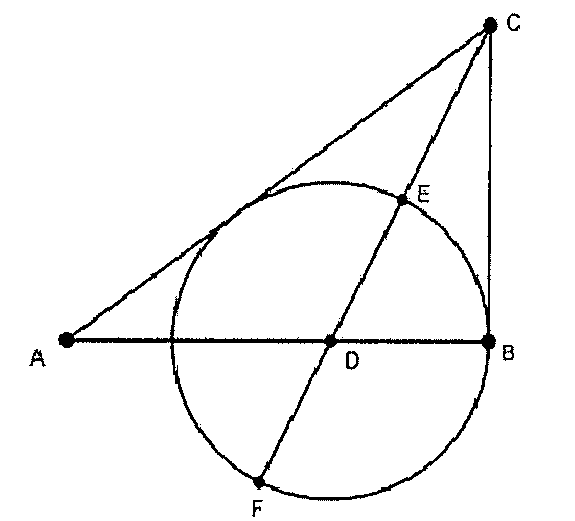Career confusion in the 21st century: challenges and
opportunities
[1] The time and energy that teenagers dedicate to
learning and the fields of study they choose profoundly
shape the opportunities they will have during their whole lives. Their dreams and aspirations do not just depend on their talents, but they can be highly influenced by their personal background as well as by the depth and extent of their knowledge about the world of work. ln summary, students cannot be what they cannot see.
[2] With young people staying in education longe than ever and the labour market automating with unprecedented speed, students need help to make sense of the world of work. ln 2018, the OECD Programme for International Student Assessment (PISA), the world's largest dataset on young people's educational experiences, collected first-of-its kind data on this, making it possible to explore how much the career dreams o young people have changed over the past 20 years, how closely they are related to actual labour demand, and how closely aspirations are shaped by social background and gender.
[3] Studies in Australia, the United Kingdom and the United States show that teenagers who combine part-time employment with full-time education do better in their school-to-work transitions. The positive benefits include lower probabilities of being unemployed or NEET (Not in
Education1 Employment or Training), higher waçes, and
others (see Box 1). However, the benefits cannot be taken
for granted and some experiences in different countries
have demonstrated that governments and schools can
better support young people as they prepare themselves
for working life.
[4] Schools may provide programmes of career
development activities, particularly those that include
workplace experience. Experience of the world of work
challenges young people to understand what it means to
be personally effective in different workplaces while
providing a unique opportunity to develop social networks
of value. Through exposure to the people who do different jobs, young people have the chance to challenge genderN
and class-based stereotyping and expand their aspirations, easing ultimate entry into the labour market (see Box 2).
[5] However, in recent years, analyses of career
preparation have focused on the challenge of
misalignment: where the educational plans of young
people are out of kilter with their occupational
expectations. When young people underestimate the
education required to fulfil their dreams, they can expect to
find their early working lives more difficult than would be
expected. Of particular concern is that most young people
whose aspirations are misaligned with their education
come from disadvantaged backgrounds. Consequently, it
is now clear that career guidance serves an important
service in dealing with inequalities.
[6] Results from PISA show that the career
aspirations of young people are no simple reflection of
teenage academic ability. Rather, they reflect complex
lives. Analyses show that the children of more advantaged
families are more likely to want to go on to university than working class kids. Similarly, career thinking is often
determined by gender and immigrant background as well
as socioeconomic status. Disadvantaged young people are
at clear risk of career confusion. lt is neither fair, nor
efficient, for students to move through education with
limited views of both the amplitude of the labour market
and their own potential.






 em que s representa o conjugado de
z, além de 7 respostas de outros exercícios que não
envolvem números complexos. Feito isso, ele colocou
todas as respostas em uma urna. Calcule a probabilidade
de um amigo de Douglas retirar uma solução qualquer que
apresente uma solução complexa. Suponha que a chance
de retirar qualquer papelzinho da urna seja a mesma.
em que s representa o conjugado de
z, além de 7 respostas de outros exercícios que não
envolvem números complexos. Feito isso, ele colocou
todas as respostas em uma urna. Calcule a probabilidade
de um amigo de Douglas retirar uma solução qualquer que
apresente uma solução complexa. Suponha que a chance
de retirar qualquer papelzinho da urna seja a mesma. 


 , onde i é a unidade imaginária. O valor máximo de
, onde i é a unidade imaginária. O valor máximo de  é igual a:
é igual a:  , assinale o ponto de inflexâo do gráfico da função.
, assinale o ponto de inflexâo do gráfico da função.
